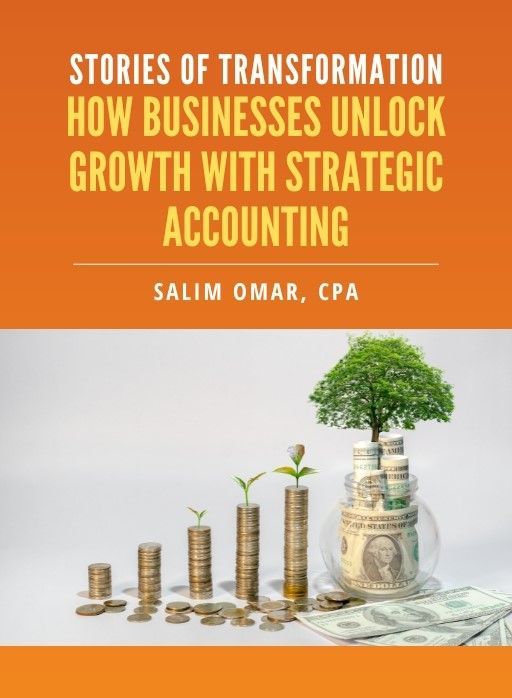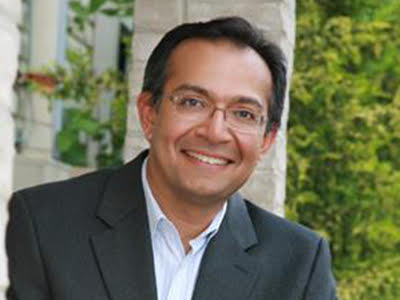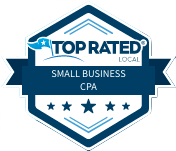7 Overlooked Tax Strategies High-Income Earners Miss Every Year
If you’re a high-income earner—whether through business ownership, real estate, or investments—you already know taxes can feel like a penalty for success. But here’s the real problem: most wealthy individuals rely on reactive tax prep instead of proactive planning. The result? They miss opportunities every year that could have kept tens of thousands (or more) in their pocket.
At Straight Talk CPAs, we’ve seen the same overlooked strategies crop up again and again. In this post, we’ll share seven of the most common tax-saving opportunities that high-income earners miss—and how you can use them to protect and grow your wealth.
1. Not Optimizing Entity Structure
The mistake: Many business owners set up an LLC or S-Corp years ago and never revisit it. As income grows, that old structure can cost you more in taxes than it saves.
The strategy: Regularly evaluate whether your entity type (S-Corp, C-Corp, partnership, LLC) still makes sense.
For example, an S-Corp election can cut self-employment tax substantially, while a C-Corp may create long-term planning opportunities. Real-world example: One client earning $750K annually shifted from sole proprietorship to an S-Corp structure and saved $42,000 in the first year.
2. Overlooking Retirement Plan Optimization
The mistake: Contributing only to a standard 401(k) or IRA when advanced options could unlock bigger deductions.
The strategy: High earners can benefit from SEP IRAs, Solo 401(k)s, or even defined benefit pension plans. These allow for much larger contributions—sometimes six figures annually—that reduce taxable income while building long-term wealth.
Pro tip:
Pair
retirement contributions with cash balance plans if you’re close to retirement and want to supercharge deductions.
3. Missing Out on Tax-Efficient Investment Planning
The mistake: Treating investments as if taxes don’t matter. Short-term gains, high-dividend funds, and poor asset placement lead to avoidable tax bills.
The strategy: Place tax-inefficient investments (like bonds or REITs) in retirement accounts, while keeping tax-efficient assets (like index funds) in taxable accounts. Harvest tax losses when appropriate and be mindful of holding periods.
Case example:
A high-net-worth client reduced annual investment-related taxes by $18,000 simply by repositioning assets between taxable and retirement accounts.
4. Ignoring Health Savings Accounts (HSAs)
The mistake: Thinking HSAs are just for covering small medical expenses.
The strategy:
HSAs are “triple tax advantaged”—contributions are deductible, growth is tax-free, and withdrawals for qualified expenses aren’t taxed. For high earners, maxing an HSA can create a stealth retirement account, since unused funds can be invested and used later.
5. Failing to Leverage Real Estate Tax Strategies
The mistake:
Treating real estate investments as simple income streams without optimizing tax benefits.
The strategy: Use cost segregation studies to accelerate depreciation. Consider 1031 exchanges to defer capital gains on property sales. Evaluate passive vs. active real estate investor status to maximize deductions.
Pro tip: If you or your spouse can qualify as a Real Estate Professional under IRS rules, rental losses become deductible against ordinary income—a powerful tax shield.
6. Overlooking Charitable Giving Strategies
The mistake: Writing a check to charity at year-end without structure.
The strategy: Use donor-advised funds (DAFs) to “bunch” charitable contributions into high-income years, maximizing deductions when they’re most valuable. Consider gifting appreciated stock instead of cash to avoid capital gains while still taking the deduction.
Case example: A business owner donated $100K in highly appreciated stock into a DAF, avoiding $22K in capital gains tax and receiving a six-figure deduction in the same year.
7. Treating Tax Planning as a Once-a-Year Task
The mistake:
Meeting your CPA once in March or April and assuming your tax strategy is covered.
The strategy: Proactive tax planning requires year-round monitoring. Life changes, business growth, or new tax laws can all impact your liability. Regular reviews keep your plan current and effective.
Straight Talk difference:
We integrate tax planning with your accounting and advisory services, so strategies are always updated in real time—not left until year-end.
Conclusion
For high-income earners, taxes don’t just happen at filing season—they happen every day. The difference between those who lose wealth to the IRS and those who build it often comes down to awareness and proactive planning. If even one of these overlooked strategies applies to you, you could be leaving serious money on the table.
👉 Ready to see where you’re missing opportunities. Schedule your free strategy call with
Straight Talk CPAs today and start keeping more of what you earn.
Free eBook:
Stories of Transformation


Salim is a straight-talking CPA with 30+ years of entrepreneurial and accounting experience. His professional background includes experience as a former Chief Financial Officer and, for the last twenty-five years, as a serial 7-Figure entrepreneur.





